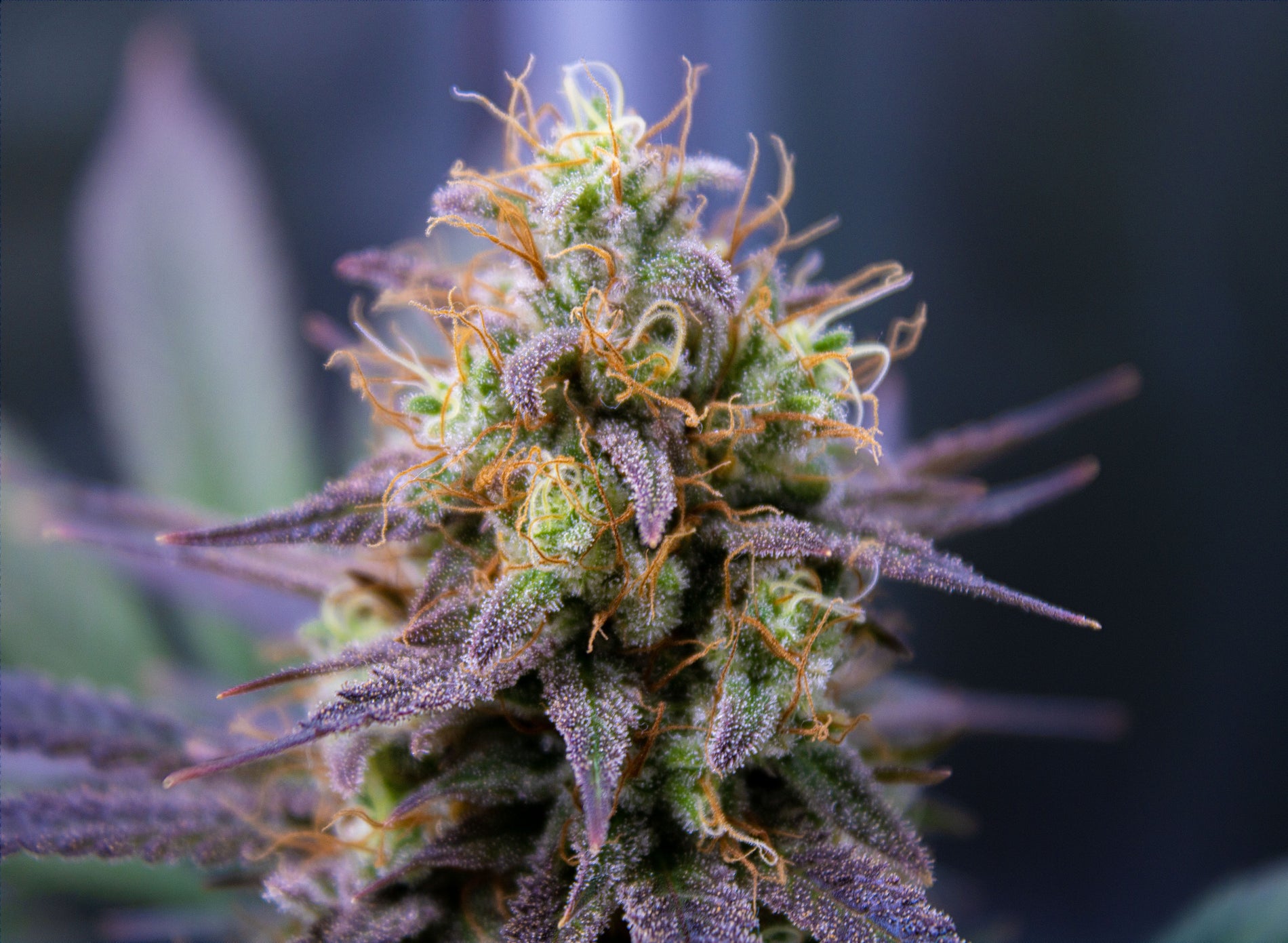Numerous components make up the cannabis plant, but trichomes are arguably the most significant ones. Most people know them as the stick, aromatic crystals in weed. Even so, there’s much more than what meets the eye. So, what are trichomes, and what exactly do they do?
What Are Trichomes?
Essentially, cannabis trichomes are tiny, hair-like structures that appear on the surface of the marijuana plant. They usually appear like crystals on weed buds. Weed trichomes play a crucial role in the development of the plant. In fact, they are the very factories that give marijuana plants their identity. Thus, whether you grow marijuana indoors or prefer the outdoors, understanding trichomes is paramount for the success of your crops.
The Function of Trichomes on Cannabis
Trichomes serve multiple purposes in the life of the cannabis plant. Still, their principal function is to protect the plant from environmental threats such as pests and harsh weather conditions. Trichomes are also responsible for producing and storing cannabinoids. For this reason, they are fundamental for the plant’s psychoactive and medicinal properties. What’s more, trichomes also produce terpenes. These are the aromatic compounds that give cannabis its distinctive smell and flavor.
Types of Trichomes on Cannabis
Cannabis trichomes come in three varieties, each with a distinct structure and function. They include bulbous, capitate-sessile, and capitate-stalked trichomes.
Bulbous Trichomes
Bulbous trichomes are the smallest variety in the cannabis plant. They measure around 10 to 30 micrometers. Though they produce cannabinoids and terpenes, their small size means they contribute minimally to the plant’s overall potency.
Capitate-Sessile Trichomes
These are larger than bulbous trichomes and measure approximately 50 to 100 micrometers. They possess a head and a base, and like the bulbous variety, they produce cannabinoids and terpenes. Plus, their slightly larger size allows them to contribute more significantly to the plant’s potency.
Capitate-Stalked Trichomes
These are the largest and most significant trichomes for cannabis enthusiasts. They measure between 100 and 500 micrometers and have a stalk that supports a large, round head. The heads of the Capitate-Stalked Trichomes contain a high concentration of cannabinoids and terpenes and are the primary source of the plant’s psychoactive and medicinal properties.
Trichome Production and Lifecycle
The production of trichomes typically begins during the vegetative stage of growth in the cannabis plant. As the plant matures, the density and concentration of trichomes increase. Trichomes reach their peak production during the flowering stage, as they produce the most cannabinoids and terpenes at this time.
The lifecycle of a trichome consists of four stages. They include growth, maturation, degradation, and senescence. During the growth stage, trichomes develop their characteristic structure and begin producing cannabinoids and terpenes.
The maturation stage is marked by an increase in cannabinoid and terpene production, as well as a change in the trichome’s appearance; they typically transition from clear to cloudy or amber. Once trichomes begin to degrade, their cannabinoid and terpene production decreases. Finally, during the senescence stage, trichomes will eventually wither and die.
Understanding the lifecycle of trichomes is one of the most crucial tips for growing weed. It helps cultivators determine the optimal time to harvest their plants for maximum potency and desired effects.
The Bottom Line
Trichomes are vital components of the plant’s structure and function. Understanding the different types of THC trichomes and their lifecycle can help weed farmers optimize their harvests to produce high-quality products. This guide provides an excellent starting point in your journey to mastering trichomes.



















